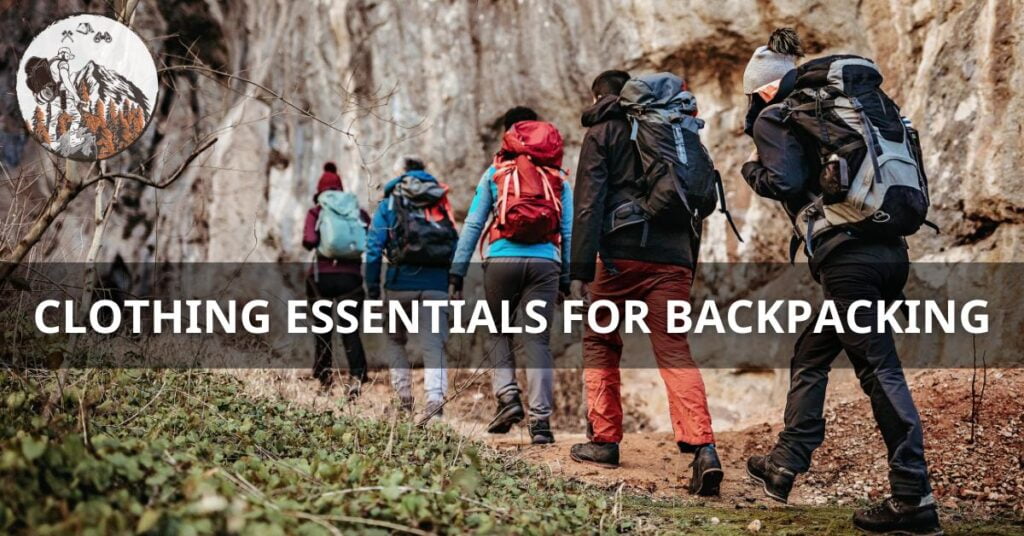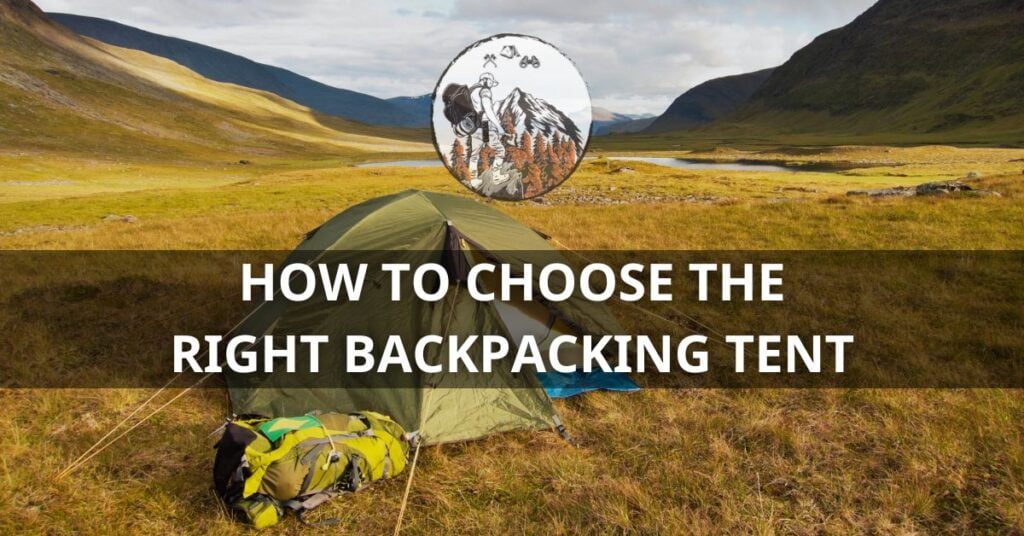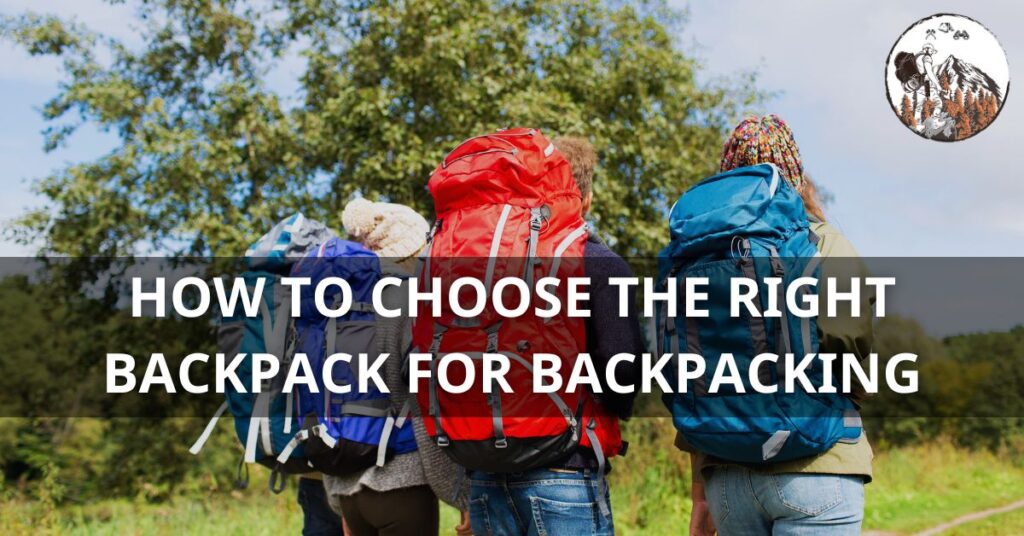Backpacking unlocks the world in ways few other travelers can. It can plunge you into the heart of mountain vistas, through the expanse of open deserts, under the canopy of rich forests, or along the serene stretches of the coastline. But anyone who has ever shouldered a pack can attest that the success of a journey hinges critically on one’s preparedness—starting with what you wear.
As a seasoned backpacker, I’ve learned from experiences (and a few mishaps) that your gear—notably your clothing—is your first line of defense against the elements. In this guide, we will discuss the clothing essentials for backpacking trips, you need to have for your next adventure.
Importance of Proper Clothing
A successful backpacking journey hinges on thoughtful preparation, especially when it comes to clothing. Wearing the right apparel is not just a matter of comfort – it’s paramount for safety, weather adaptability, and overall enjoyment.
Selecting the proper gear ensures that you are prepared for the varying elements and can focus more on the breathtaking vistas rather than discomfort.
Table of Contents
Understanding the Climate
Researching Destination Weather
Before embarking on your journey, research the weather patterns of your targeted backpacking destination. Know what to expect, from temperature swings in mountain regions, dry heat in deserts, humidity in forests, to the salty breeze along coastlines.
Layering Strategies
Developing a layering strategy based on the destination’s climate can mean the difference between a trip full of shivers or sweat and one that’s just right. The key here is the versatility to adjust as temperatures and activities change.
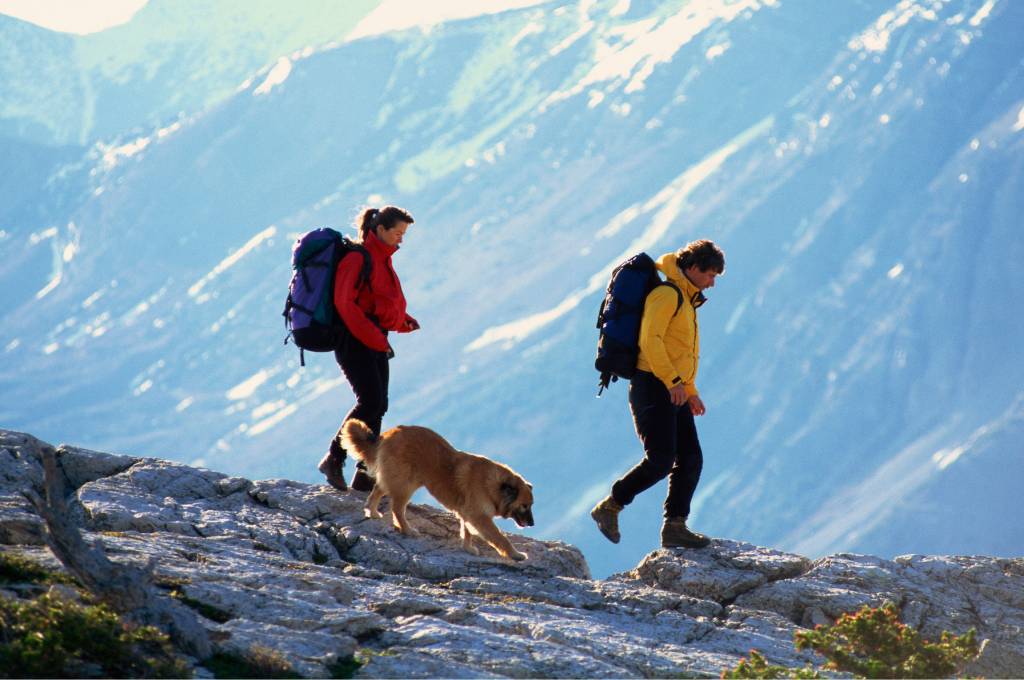
Upper Body Essentials
Moisture-Wicking Base Layers
I recall trekking through a lush forest region where the humidity was high but the temperature was cool. A moisture-wicking base layer kept sweat at bay while providing warmth—a staple for any climate.
Lightweight Long-Sleeve Shirts
Lightweight, breathable long-sleeve shirts are essential, especially as protection from the harsh sun or cool winds. If pressed, they can be folded up to bask in the sun along coastal trails or buttoned up to guard against the chill in higher altitudes.
Insulating Mid-Layer Jackets
Nothing beats a good mid-layer jacket when it comes to insulation. Not too bulky but enough to keep you warm, this layer becomes crucial when descending from a warm afternoon hike into a cool evening campsite.
Waterproof Outer Layer
A quality waterproof jacket is indispensable for bracing sudden downpours or persistent drizzles in mountainous areas. Brands like Patagonia and The North Face offer durable options that withstand the elements while being eco-conscious.
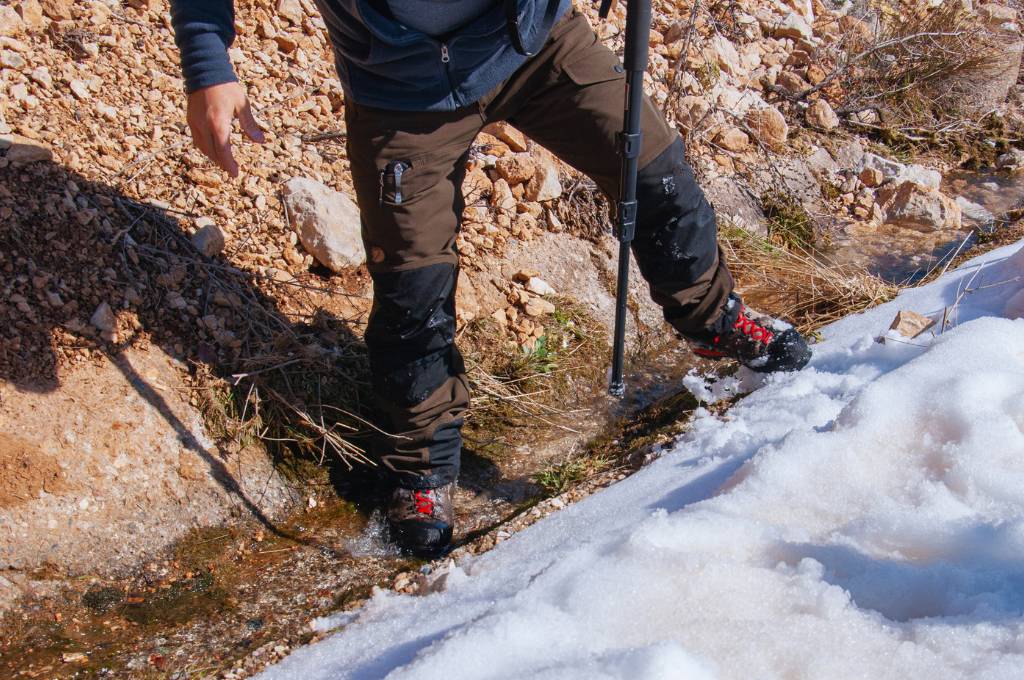
Lower Body Essentials
Quick-Drying Hiking Pants
Choose pants designed for mobility and quick drying. This simple choice made a world of difference when I was caught in an unexpected storm in the mountainous backcountry – my pants were dry by the time I set up camp.
Convertible Pants for Versatility
Convertible pants shine in desert regions where mornings are cool and afternoons scorching. Zip off the legs, and you’ve got shorts without needing to pack extra.
Base Layer Bottoms
Base layers for your legs are as crucial as for your upper body, providing that extra heat retention during chilly nights in the forest.
Waterproof and Breathable Pants
For torrential rains or crossing streams, waterproof yet breathable pants are a savior. They keep you dry without turning into a personal sauna.
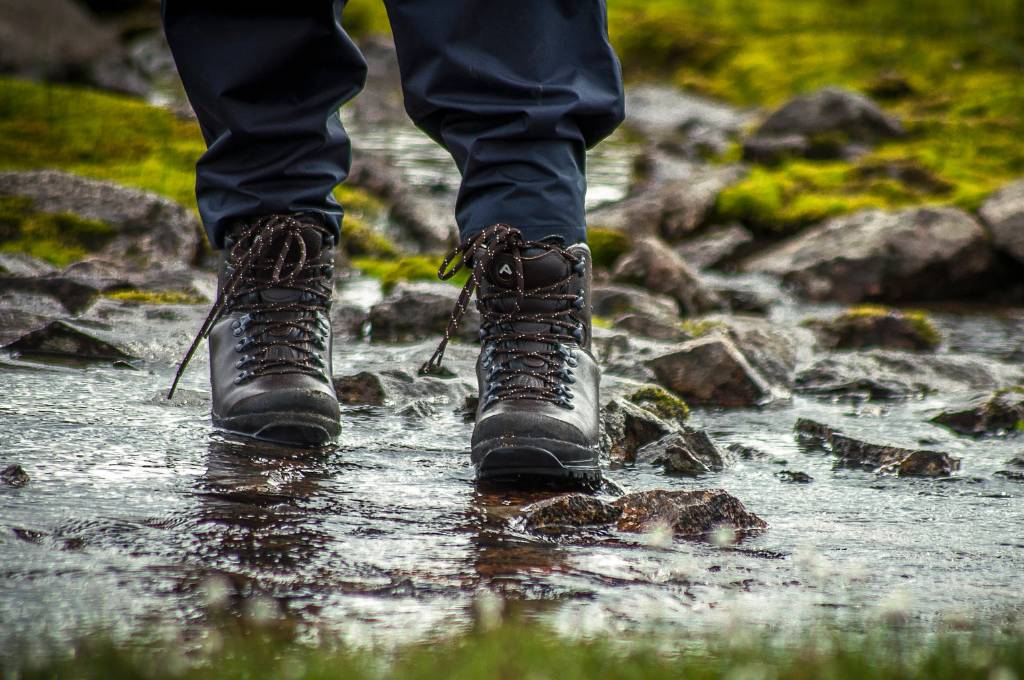
Footwear Selection
High-Quality Hiking Boots
Good boots are not a compromise. They provide the support and protection needed for rocky terrains of mountain vistas or long stretches of sandy desert paths. Look for reliable brands like Merrell or Salomon.
Moisture-Wicking Socks
Couple your boots with moisture-wicking socks to prevent blisters. Brands like Darn Tough are investment-worthy, offering comfort through miles of diverse terrain.
Sandals for Camp
After a long day, nothing spells relief more than slipping into airy sandals around camp. They provide respite for your feet and are perfect for short walks to nearby streams or beaches.
Headgear and Accessories
Wide-Brim Hat for Sun Protection
Every seasoned traveler knows the significance of a wide-brim hat in sunny locales. Whether you are scaling a dune or traversing a coastal trail, your face and neck will thank you for it.
Lightweight, Breathable Hat for Warm Climates
A lightweight hat can also work wonders in balmy conditions, keeping your head cool and sweat out of your eyes.
Sunglasses with UV Protection
Do not underestimate the power of UV rays in mountain, desert, or coastal areas. A pair of high-quality sunglasses can shield your eyes from glare and prevent long-term damage.
Buff or Bandana
Versatile and light, buff or neck gaiters can cover your neck, act as a headband, or protect against dust. It’s those little things that end up being so versatile on your journey.
Hand Protection
Importance of Gloves
Gloves keep the dexterity in your digits functional when cold threatens to numb your hands.
Different Types of Various Conditions
Materials range from thin, breathable fabrics for mild conditions to insulated, waterproof models for the frigid extremes.
Backpack Considerations
Proper Fit and Adjustment
Ensuring your backpack fits well and is properly adjusted can save you from backaches and discomfort during prolonged hikes.
Weather-Resistant Pack Cover
A weather-resistant cover for your pack is invaluable for protecting your possessions from rain, sleet, or snow, particularly when confronting the unpredictable weather of mountain regions.
Packing Techniques
Rolling vs. Folding Clothes
Rolling your clothes instead of folding them can save space and prevent wrinkles. It’s a simple trick that has helped me fit essential layers into my pack, even when it seemed impossible.
Utilizing Compression Bags
Compression bags can condense bulky items like jackets, creating more room for other essentials. Plus, they double as a waterproof barrier.
Laundry Solutions
Portable Laundry Kit
Investing in a portable laundry kit has saved me on many occasions in remote locations, allowing for quick and efficient washing with minimal resources.
Quick-Drying Fabric for On-the-Go Washing
Quick-drying fabrics are non-negotiable for swift mid-trip washes. Without them, you might find yourself hauling around damp clothing—far from ideal.
Emergency Preparedness
Compact First Aid Kit
A compact first aid kit should accompany you on all adventures; it’s the first line of defense in case of minor injuries, which can happen far too easily when traversing rugged terrains.
Emergency Shelter (Lightweight Tarp)
In the case of an unforeseen overnight stay in the wilderness, a lightweight tarp can serve as a makeshift shelter, protecting you from the elements until you can move to safety.
Sustainable Gear Options
Eco-Friendly Fabrics
Opting for eco-friendly fabrics means you are contributing less to environmental degradation—an investment in the nature you enjoy exploring.
Multi-Use Items for Reduced Impact
Embrace multi-use items, like a sarong that doubles as a towel, to reduce your backpack’s weight and ecological footprint.
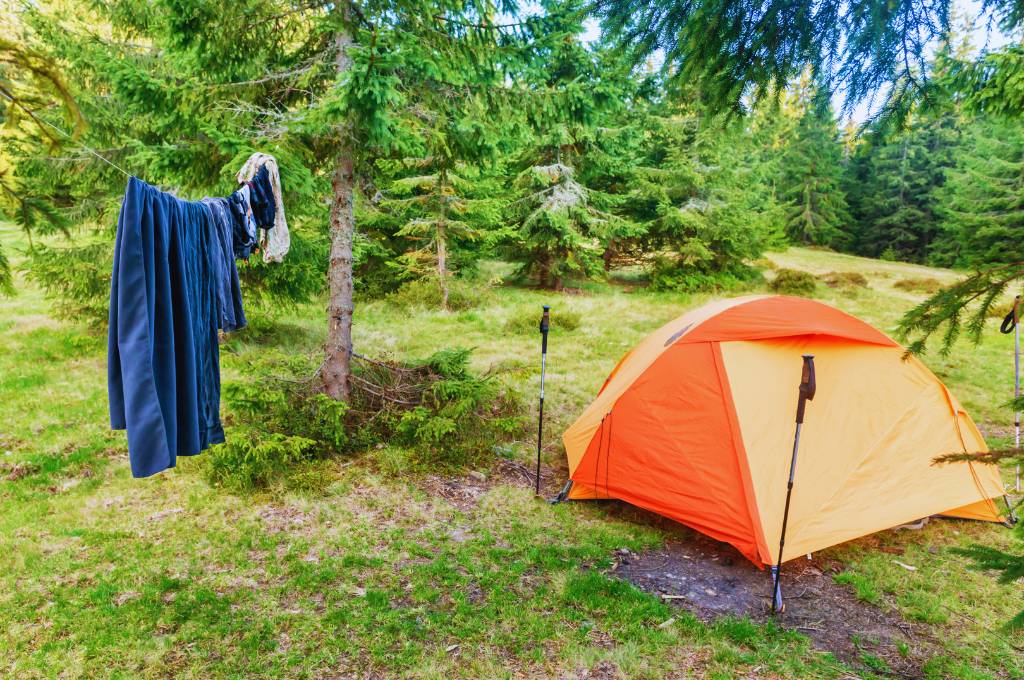
Clothing Care on the Trail
Tips for Maintaining Hygiene
Maintaining hygiene with antibacterial wipes and hand sanitizers ensures that you stay fresh even when showers are miles away.
Repairing Gear on the Go
A basic sewing kit or duct tape can extend the life of damaged clothing, saving you from the cold or exposure until a proper fix can be made.
Tips for Minimalist Packing
Choosing Versatile Pieces
Selecting versatile clothing pieces, ones that can serve various purposes or be mixed and matched, can significantly lighten your load.
Embracing Multi-Functional Accessories
Choose accessories that serve multiple functions, think of a digital watch with a compass and altimeter. Less is more when carrying your life on your back.
Selecting the Right Materials
Merino Wool for Temperature Regulation
Merino wool is invaluable for both its warming and cooling properties; despite its initial cost, it’s a worthy investment for any backpacker.
Synthetic Fabrics for Quick Drying
Synthetic fabrics such as polyester and nylon are essential in your gear list, drying quickly and resisting wear and tear.
Seasonal Considerations
Winter Backpacking Essentials
Winter adventures require thermal layers, insulated gloves, and hats. The focus should be on retaining body heat while preventing moisture accumulation from snow.
Summer Backpacking Must-Haves
Summer calls for breathable fabrics, UV protection, and plenty of hydration options. Gear that can easily transition from day to night as temperatures fluctuate is vital.
Importance of Layering
How Layering Enhances Comfort
Layering isn’t just about warmth; it provides the flexibility to adapt to temperature changes and varying levels of exertion, essential for maintaining comfort.
Adjusting Layers Based on Activity Level
As activity levels increase or decrease, removing or adding layers prevents overheating or cooling too rapidly—a critical skill in climate management.
Cultural Sensitivity in Clothing Choices
Researching Local Dress Codes
Respecting local customs through appropriate dress shows cultural sensitivity and can be necessary for access to certain areas or buildings.
Respecting Traditions
Understanding traditional garb and dressing respectfully when visiting cultural sites fosters a better connection with locals and enriches your experience.
Conclusion
Your backpacking journey will be etched in your memory forever—it’s up to you whether those memories are of marvels or misery. Proper attire equips you to face the breaking dawn on a high peak, sharp desert sun, cryptic forest paths, or the coastal horizon with confidence.
Be wise with your clothing choices; they’re your first line of defense and comfort, your silent companions that can empower you to forge ahead. So suit up with the right clothing essentials for backpacking, step out, and embark on your next outdoor adventure poised for whatever comes your way.
Frequently Asked Questions (FAQs)
Q. What should I consider when choosing clothing for a backpacking trip?
When selecting clothing for backpacking, consider the weather conditions, activities planned, and cultural expectations of your destination. Choosing versatile pieces that can be layered and multi-functional accessories also helps minimize weight and maximize flexibility.
Q. What should I do if my clothing gets damaged during a backpacking trip?
Having a basic sewing kit or duct tape on hand can help make temporary repairs until proper fixes can be made. It’s also wise to pack extra clothing in case of emergencies.
Q. What is the importance of layering when backpacking?
Layering allows for adaptability to changing weather and exertion levels, maintaining comfort and preventing overheating or cooling too quickly. It also helps with efficient packing by reducing the number of individual items needed for varying conditions. Overall, proper layering can enhance your overall backpacking experience.
Q. What are some common eco-friendly fabric options for backpacking?
Some eco-friendly fabric options include organic cotton, hemp, bamboo, and recycled polyester. These fabrics are more sustainable and have a lower environmental impact compared to traditional materials like nylon or polyester.
Q. What is the ideal clothing for extreme weather?
The ideal clothing for extreme weather varies depending on the specific conditions and climate. However, in general, waterproof and windproof layers, as well as warm base layers and insulated jackets are recommended for extremely cold or wet environments. It’s essential to research the weather conditions of your destination and pack accordingly.
Q. Will my regular hiking clothes work for backpacking?
Regular hiking clothes can be suitable for backpacking, but it’s important to consider the length and intensity of your trip. For longer, multi-day treks, investing in specialized backpacking clothing that is lightweight, moisture-wicking, and quick-drying may be more beneficial.

